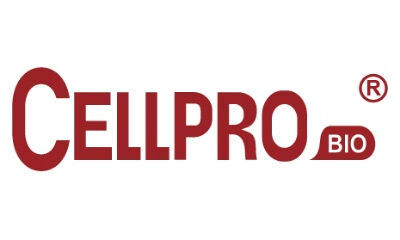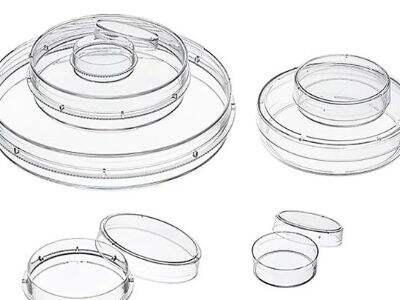JAK STERILIZOVAT PASTEURŮVY PIPETY PRO BUŇKOVOU KULTURU
Proto je nutné je před použitím Pasteurových pipet pořádně vyčistit, aby se zabránilo šíření bakterií nebo kontaminaci v buňkové kultuře. reservoár pro vícekanálovou pipetu nazývejme tento čisticí proces sterilizací. Shengke má Pasteurovy pipety již vyčištěné a připravené k použití, což je pro vědce výhodou. Ale pokud je chcete udělat sami, zde jsou některé užitečné tipy, jak to udělat správně:
Pipety: Umístěte pipety do čistého sterilizačního sáčku a sterilizujte je. Poté je vypečte při 121°C po dobu 20 minut. To zničí jakékoli bakterie vícekanálová pipeta reservoár a zajistí jejich bezpečné použití.
Suché teplo: Pokud není vhodné čištění v přítomnosti vody, můžete pipety vždy umístit do suché trouby. Musíte je pečovat při 160°C reagenská nádrž pro vícecanné pipety po dobu dvou hodin. Tato technika je také účinná pro sterilizaci.
Chemické čištění: Jako alternativu můžete pipety namočit v speciálním roztoku. 70% alkohol nebo 10% chlor voda na 30 minut. Po namočení je nutné je přebýt čistou a sterální vodou, aby se odstranily jakékoliv zbytky chemikálií.
Zamořování, Aspirace A Vydatí
Při buněčném kultivování obvykle vědci provádějí tři hlavní akce s Pasteurovými pipetami pro práci s kapaliny: přenos (přesunutí kapaliny z jedné nádoby do druhé), aspirace (vstup kapaliny do Pasteurovy pipety) a vydatí (uvolnění kapaliny z Pasteurovy pipety). Podívejme se blíže na každou z těchto akcí.

 EN
EN
 AR
AR
 BG
BG
 HR
HR
 CS
CS
 DA
DA
 NL
NL
 FI
FI
 FR
FR
 DE
DE
 EL
EL
 HI
HI
 IT
IT
 JA
JA
 KO
KO
 NO
NO
 PL
PL
 PT
PT
 RO
RO
 RU
RU
 ES
ES
 SV
SV
 TL
TL
 IW
IW
 ID
ID
 SL
SL
 UK
UK
 VI
VI
 HU
HU
 TH
TH
 TR
TR
 AF
AF
 MS
MS
 GA
GA
 BE
BE
 IS
IS
 HY
HY
 LO
LO
 NE
NE
 MY
MY






